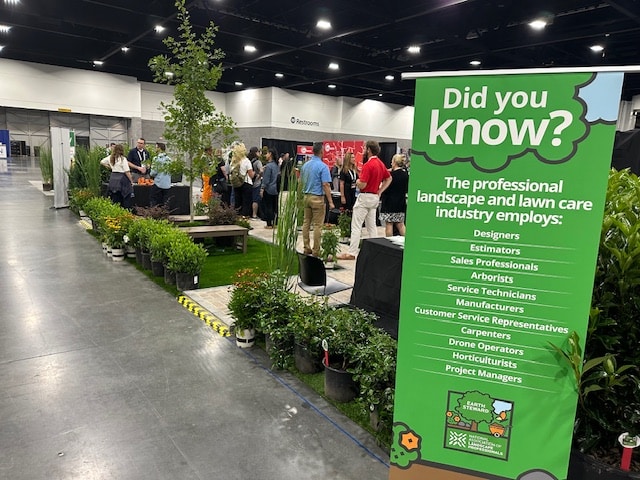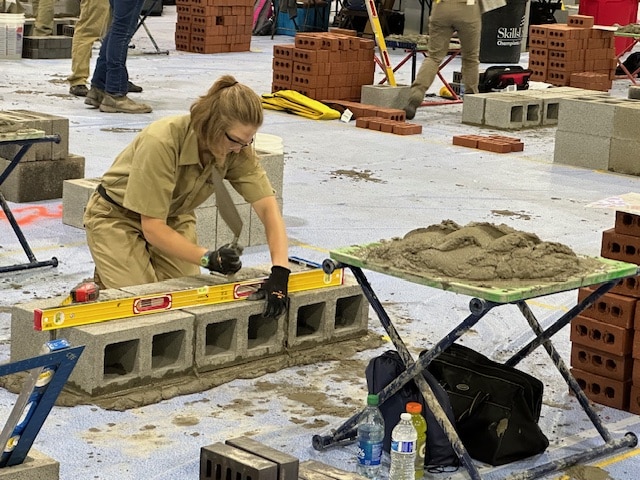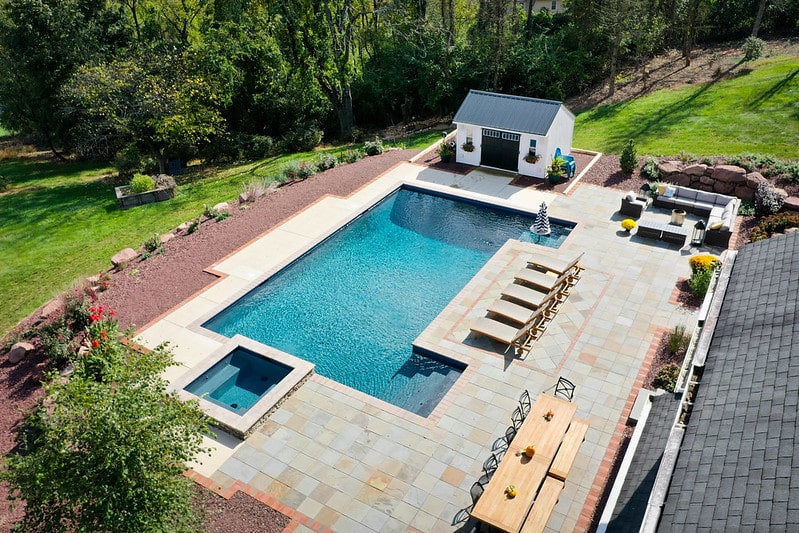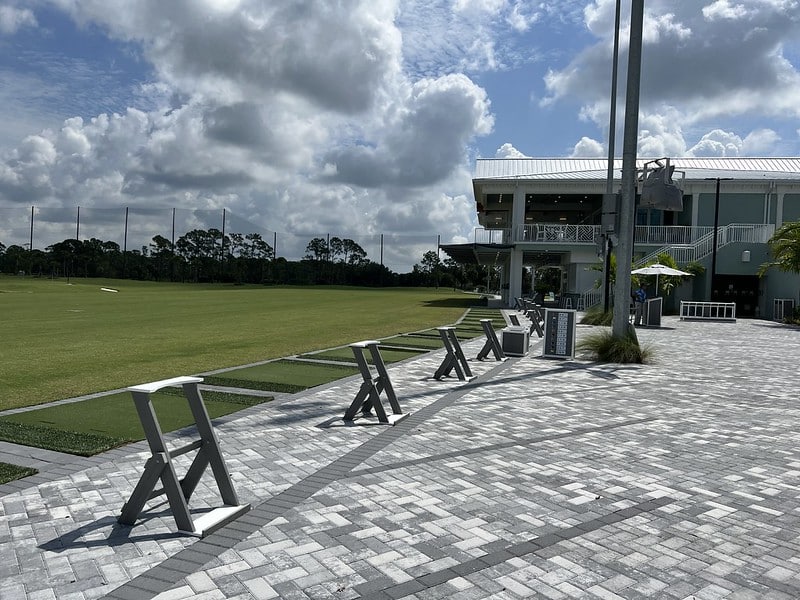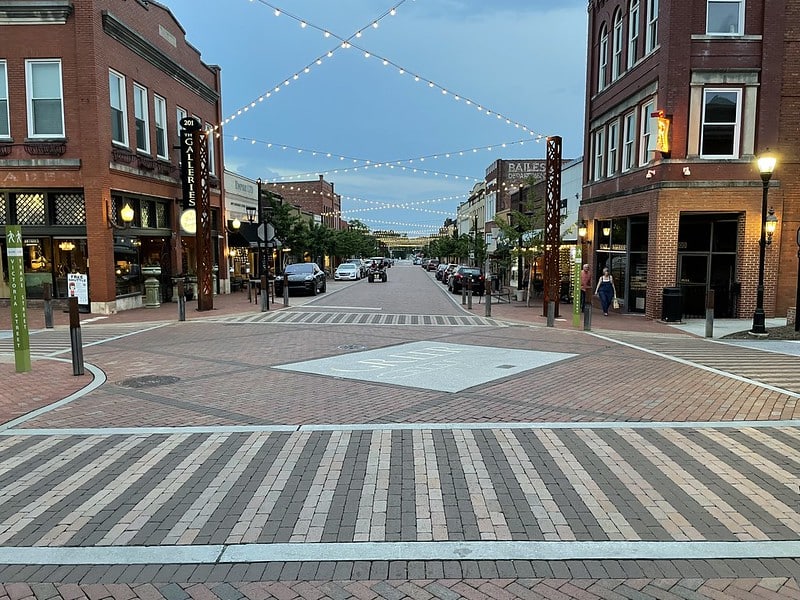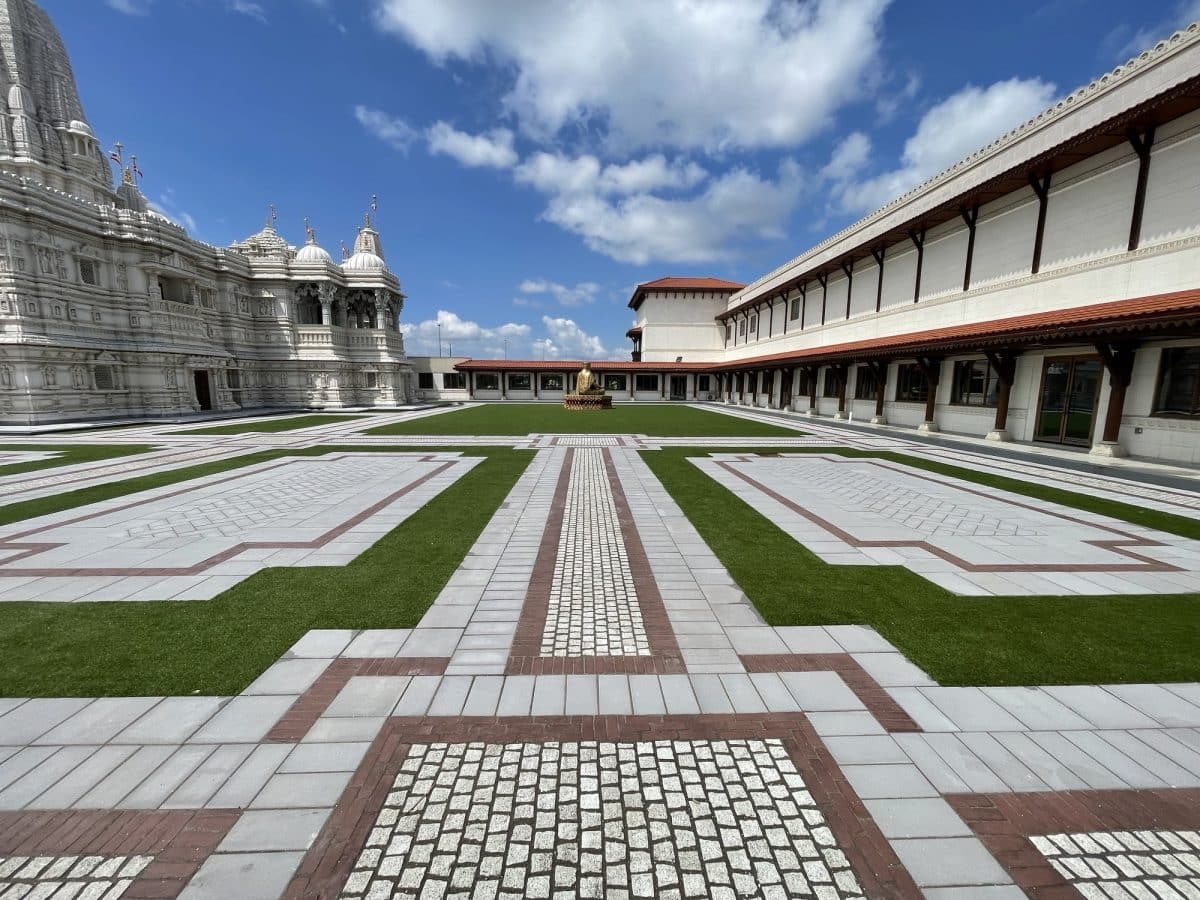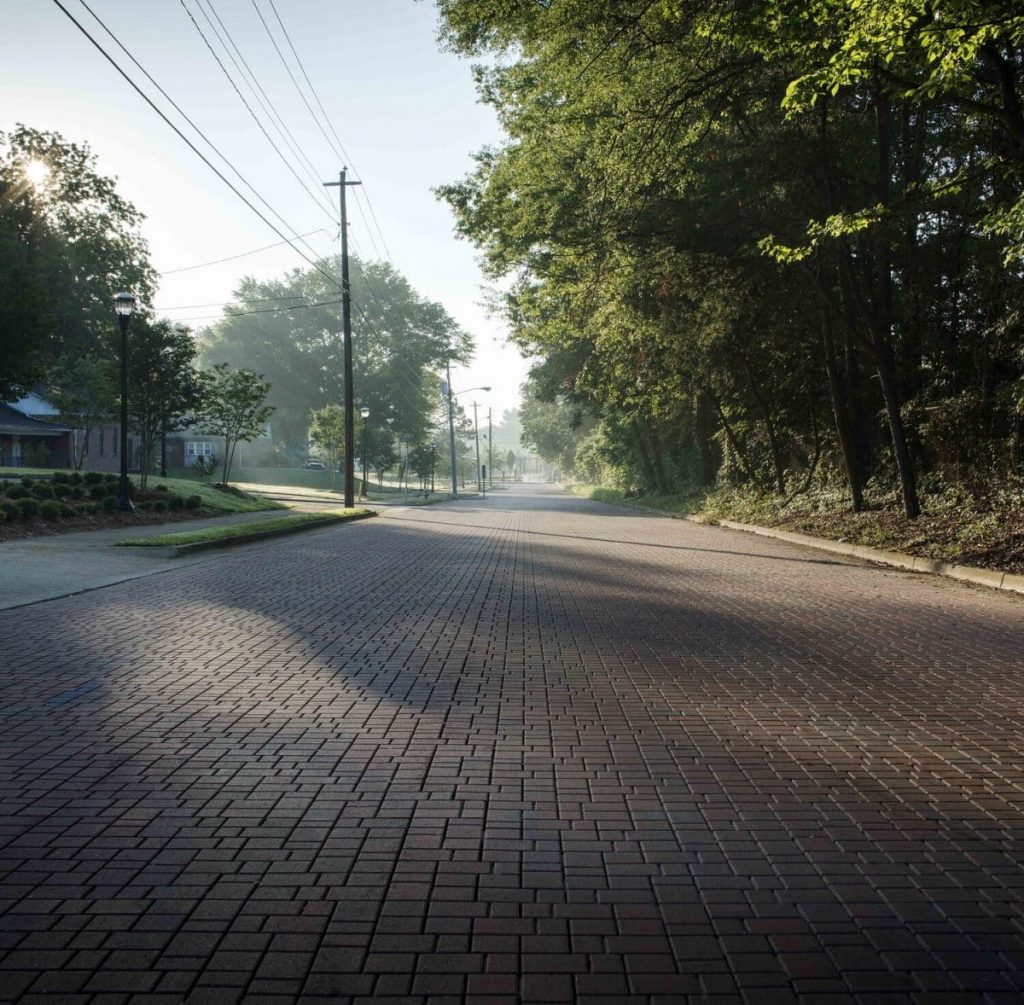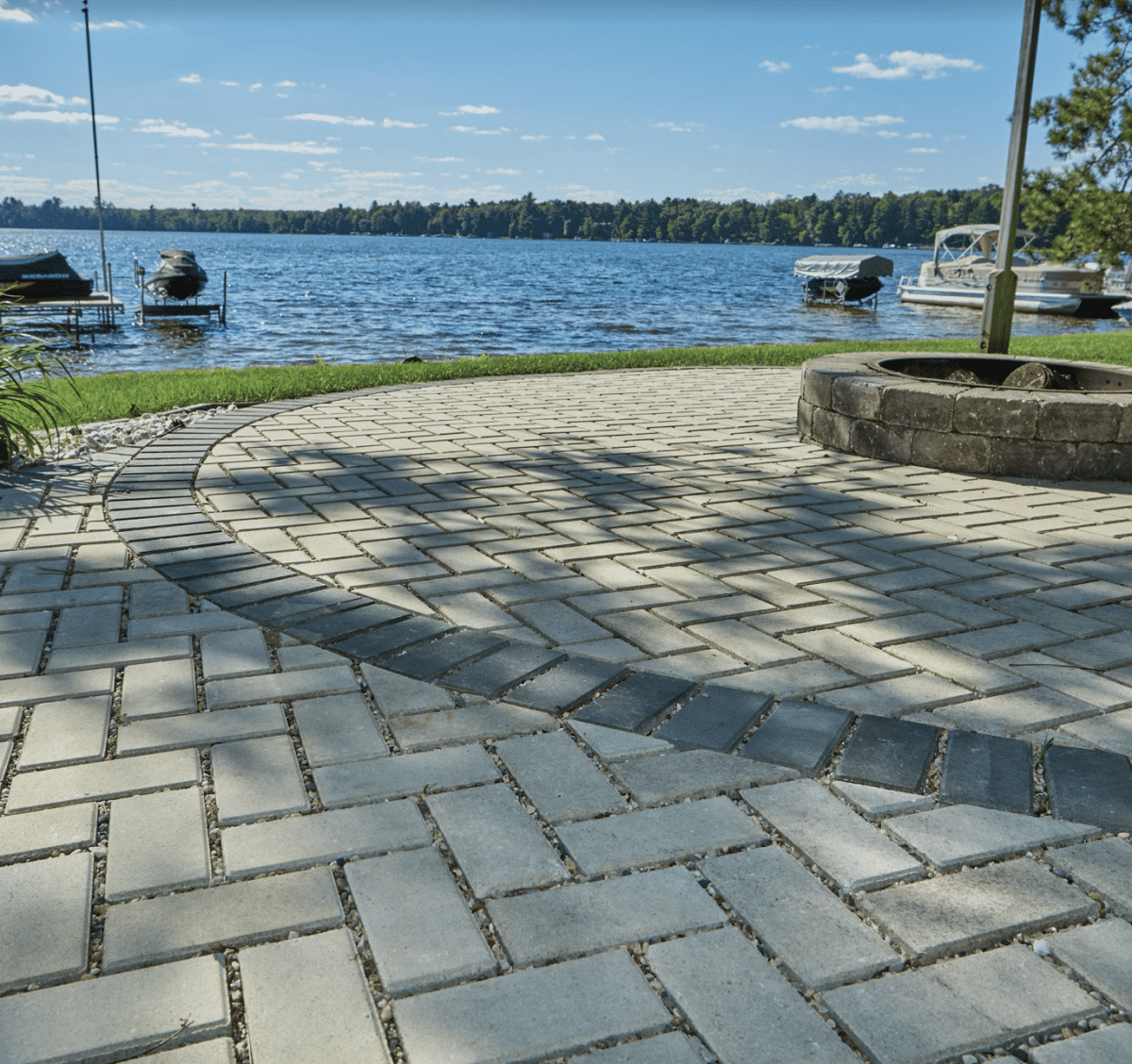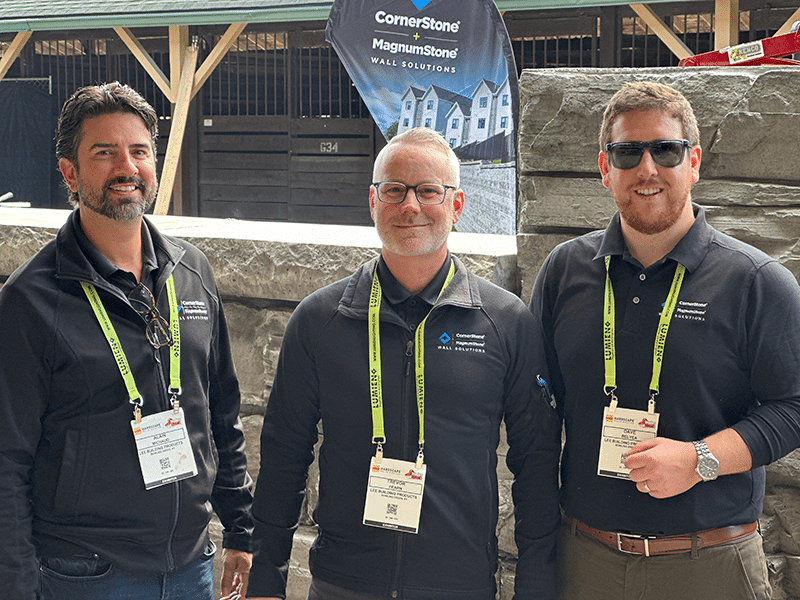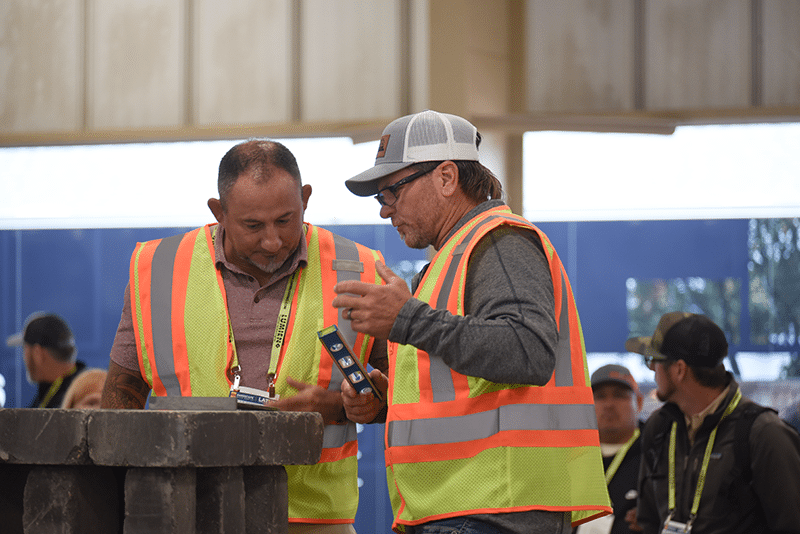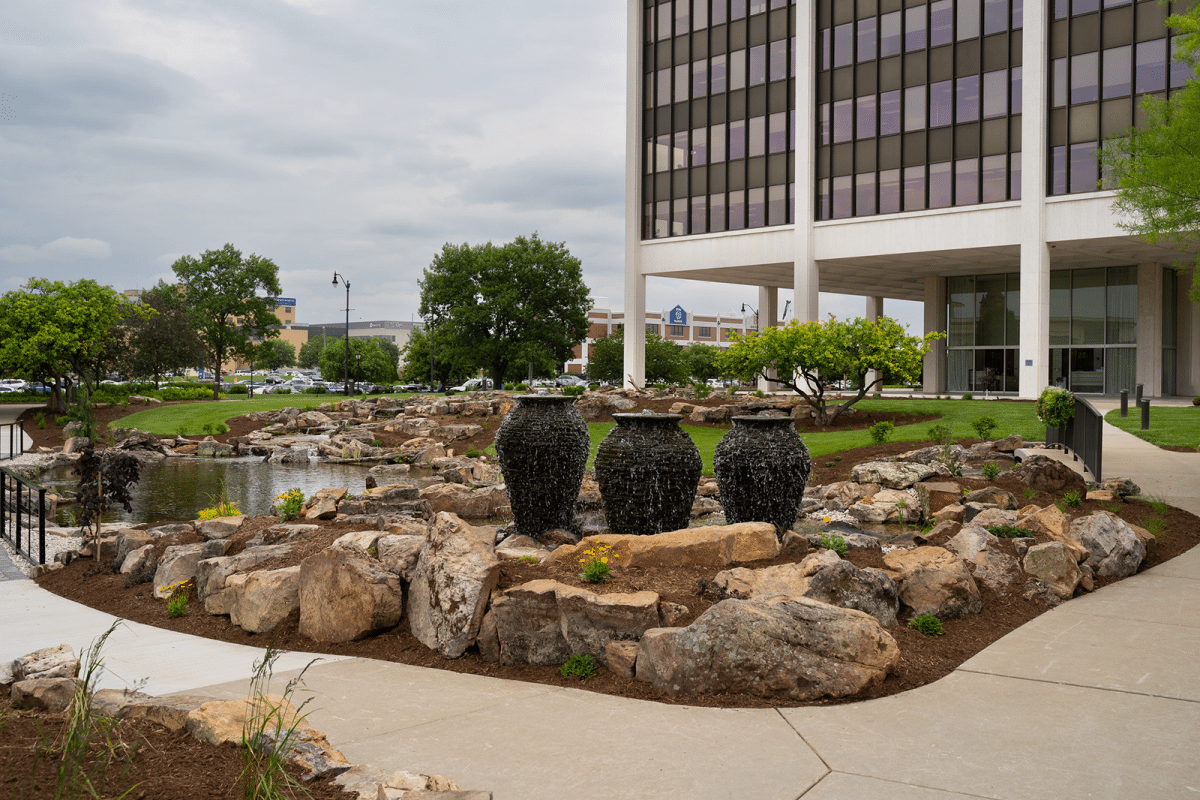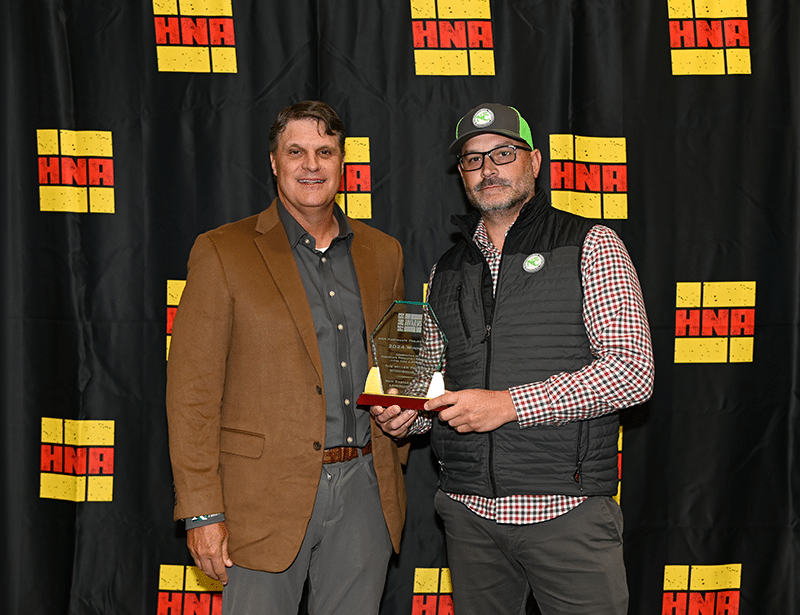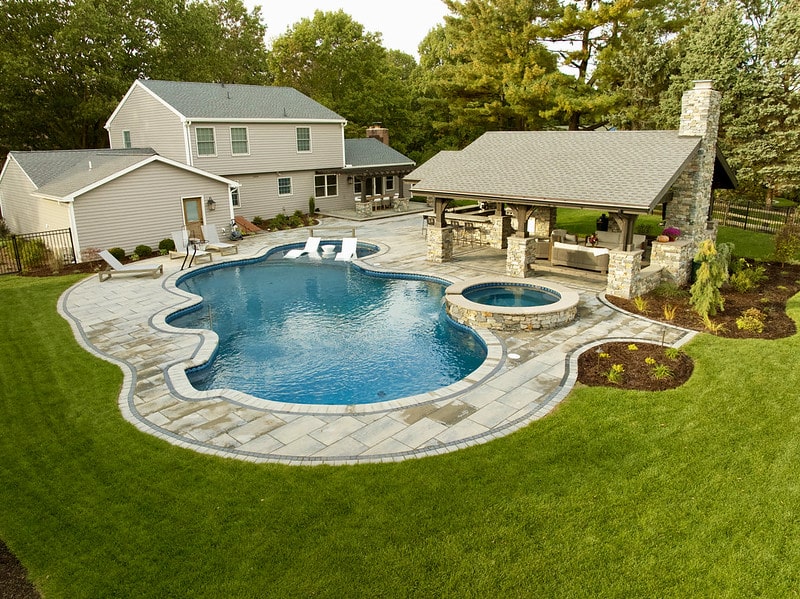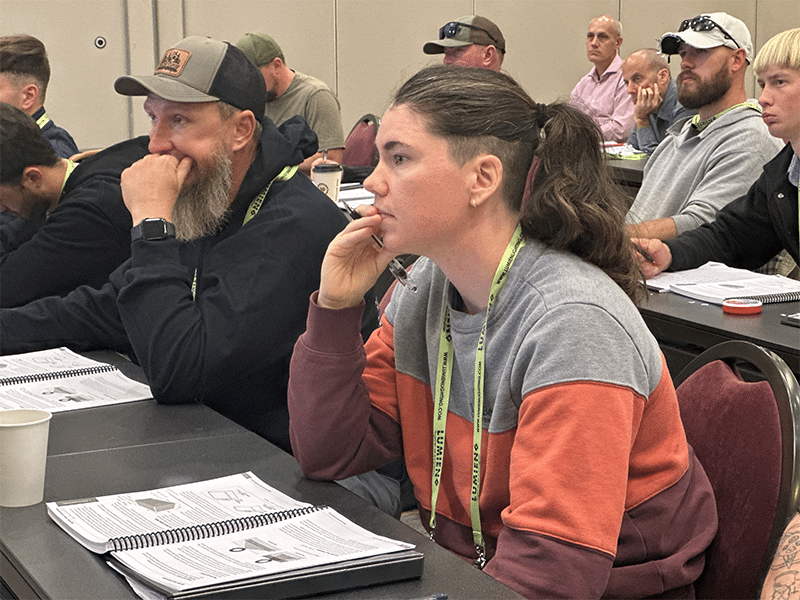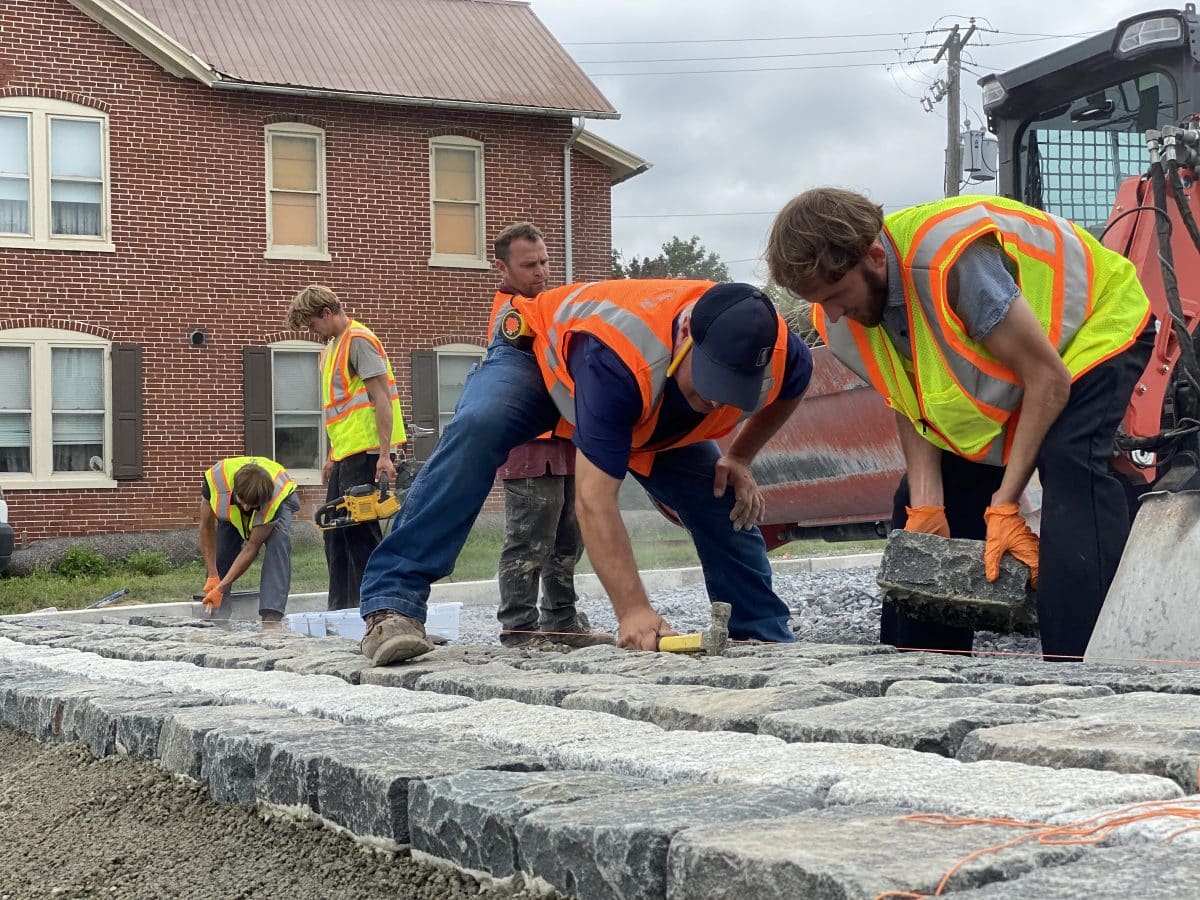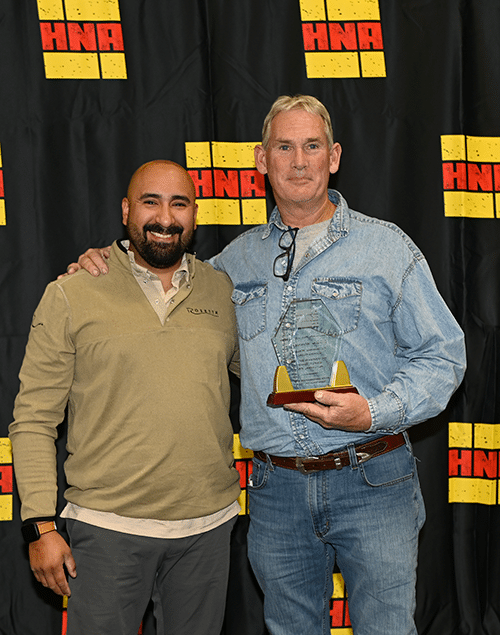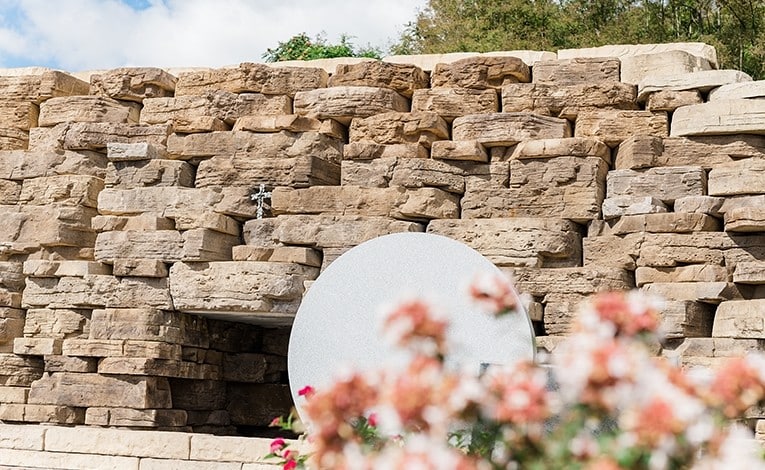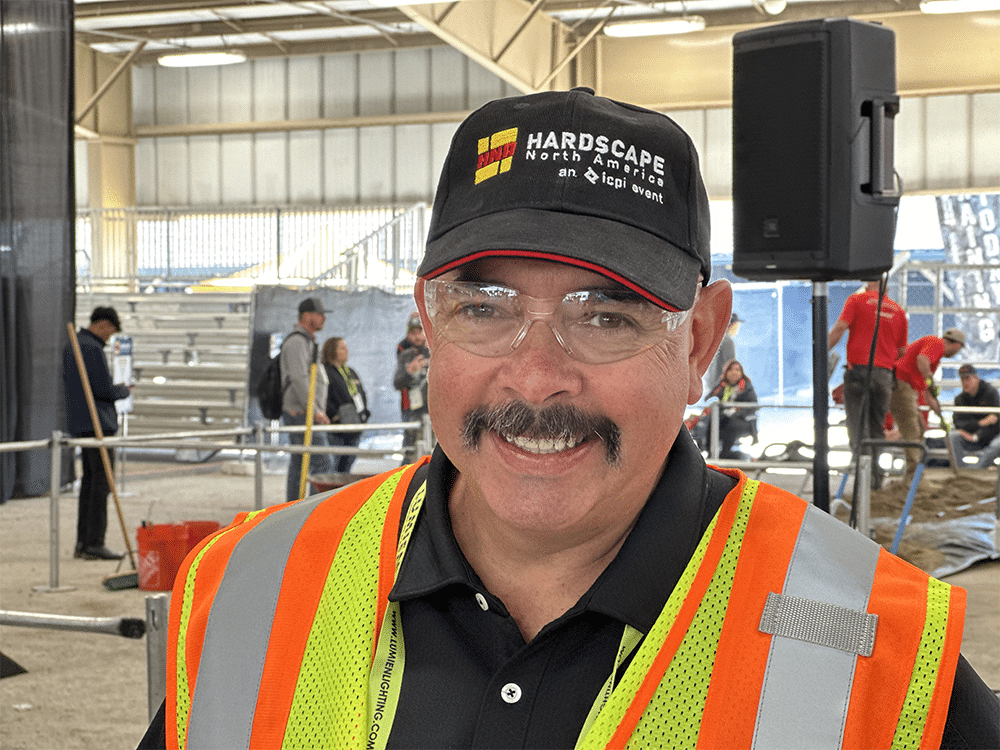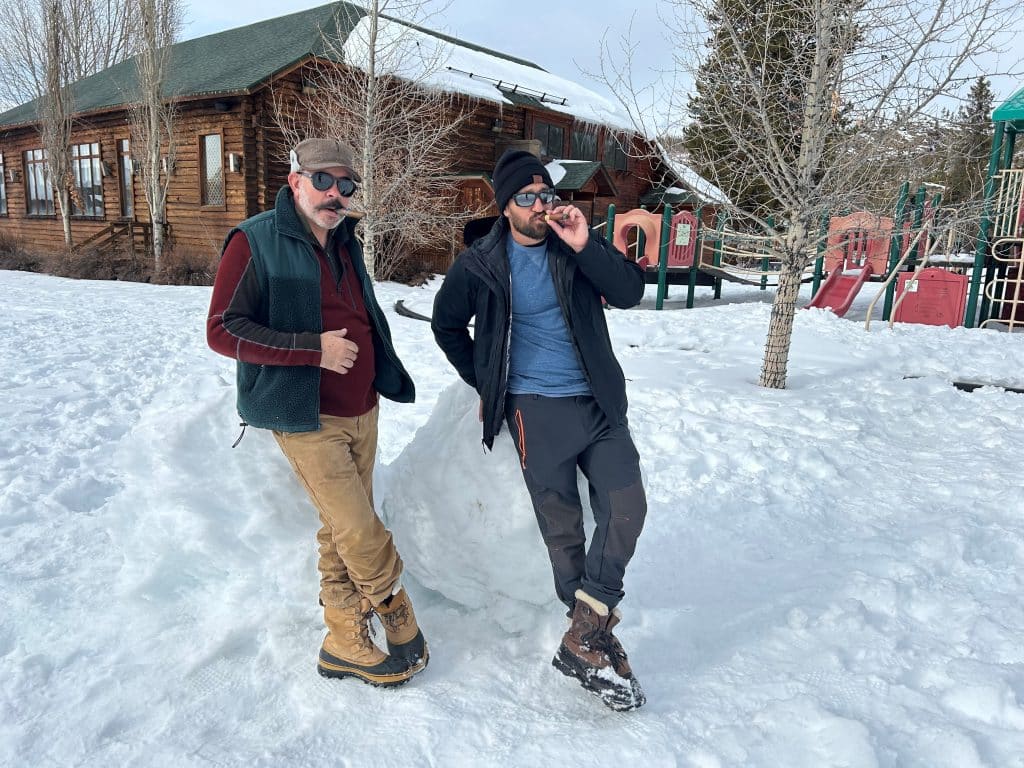Discover Industry Opportunity at the 2025 SkillsUSA National Leadership & Skills Conference
The hardscaping industry continues to grow, but many people exploring trade careers aren’t aware of the opportunities in this field.
This June, the Concrete Masonry & Hardscapes Association (CMHA) will help thousands of young people discover the rewarding career paths that hardscaping offers at the 2025 SkillsUSA National Leadership & Skills Conference in Atlanta.
A Gathering of Tomorrow’s Skilled Workforce
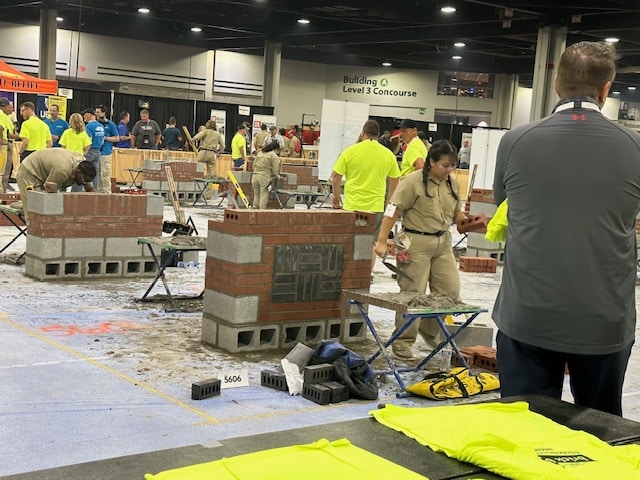
SkillsUSA is one of the nation’s leading workforce development organizations, dedicated to empowering students to become skilled professionals, career-ready leaders, and responsible community members. The annual SkillsUSA Championships bring together an estimated 15,000 students, teachers, education leaders, and representatives from 650 national corporations, trade associations, businesses, and labor unions.
At the SkillsUSA National Leadership & Skills Conference, more than 6,500 middle school, high school, and college/postsecondary students compete in 114 hands-on skill and leadership competitions. These competitions are created and judged by industry professionals to ensure students learn real-world skills that employers demand from entry-level workers.
“SkillsUSA is crazy. It is really cool, because it’s all these—every single trade you can imagine—in the competition,” says Bryan Horr, P.E., Division Engineer of Segmental Pavements at CMHA. “There’s mechanics, airline engine mechanics, wait staff, robotics competitions, speaking competitions, medical staff, EMTs… any kind of trade, they have a competition for.”
Building Hardscaping’s Future
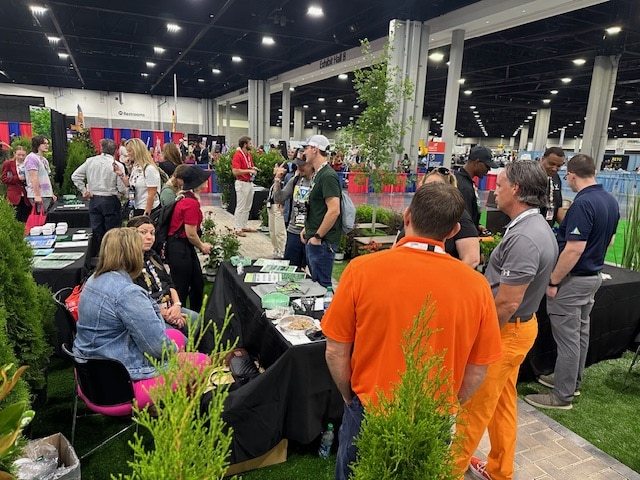
CMHA first attended SkillsUSA about five years ago to determine if it was the right venue for the industry and found tremendous potential due to the crossover skills represented, including carpentry, plumbing, and electrical construction wiring.
For the past four years, CMHA has been working alongside the National Association of Landscape Professionals (NALP) Foundation to establish a national landscape and hardscape competition. To qualify for a national contest, at least 15 states must host their own state competitions. Horr said they are making steady progress toward this goal.
“We’re really close,” Horr shares. “Hopefully, this year we’ll have reached the threshold of 15 and we’ll be able to start thinking about the competition.”
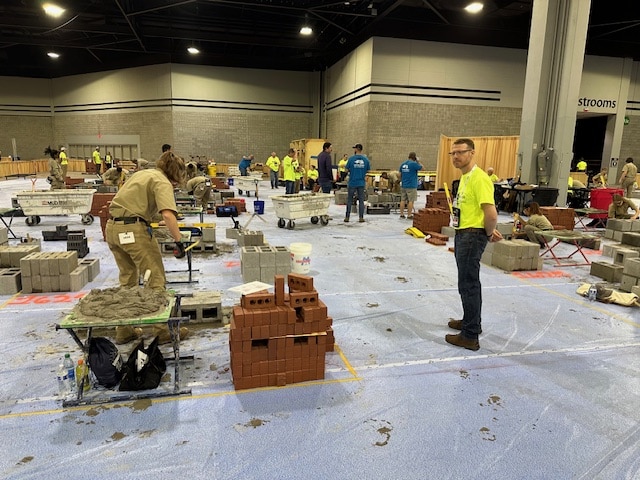
This initiative is more than just a contest—it’s about introducing young people to career opportunities they might never have considered. Many students visiting the CMHA booth are surprised to learn that hardscaping is an entire industry with diverse career paths.
“A lot of people didn’t know that hardscaping was an industry or was a possibility,” explains Horr. “When you think of outdoor work, you definitely think more of landscaping—the mowing of yards or doing the mulching. We talk about the other aspects, the hardscaping aspects of it, building the outdoor kitchens and the other things you can do while you’re working outside.”
Connecting Skills to Careers
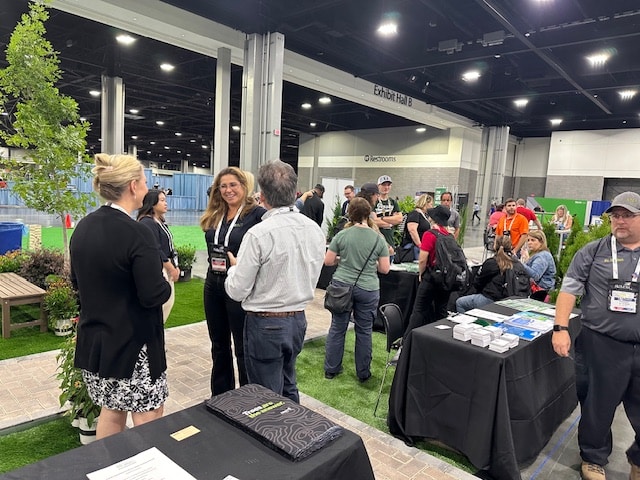
One of the most rewarding aspects of participating in SkillsUSA is showing students how their existing interests and skills can translate to successful careers in hardscaping. Horr said he takes time to speak with students about their current competitions and helps them see connections to the hardscaping industry.
“We’ll talk to students in the plumbing competition about how in a hardscaping business, there’s sprinkler systems and outdoor kitchens that can be installed. Plumbing is definitely an essential part of outdoor space,” says Horr. “We talk to students competing as electricians and explain how there are aspects of the hardscaping industry that require electricians. Culinary students, we talk about outdoor kitchens. There’s always some way of tying what they’re doing to the industry.”
Beyond technical skills, the team emphasizes the lifestyle benefits of working in hardscaping.
“One of the things I really enjoy doing is working outside and I like to explain to others how much fun that can be,” Horr said. “If you really like being outside, you can definitely be paid to be outside and do what you enjoy. You don’t have to be inside all the time, working at a desk, to have a career.”
There’s also the satisfaction of creating something tangible and lasting.
“It’s always about being able to step back and see what you’ve accomplished, what you’ve built,” Horr said. “I like to explain that and hear their stories about things that they’ve built and what they’re proud of.”
Join Us at the Oasis
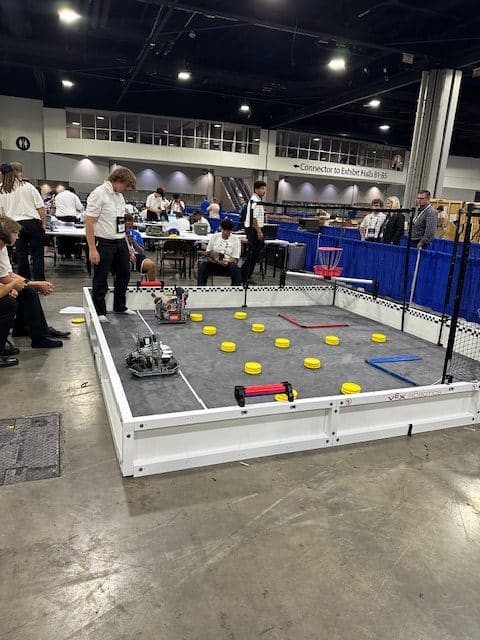
This year’s SkillsUSA will be held June 23-27, 2025, at the Georgia World Congress Center in Atlanta. If you’re attending, we invite you to visit the CMHA and NALP Foundation’s joint booth—just look for the trees!
“We’re like the oasis in the middle of the entire Georgia Convention Center,” Horr said. “It’s all mechanical things around—race cars, engines, boats, dump trucks, kitchens, all metal and plastic all over the place—and then all of a sudden, we’re the only green space.”
The booth features not only beautiful hardscaping elements like pavers arranged into a patio area, but also trees, bushes, plants, and flowers that create a refreshing contrast to the surrounding technical displays.
Visitors will also be the first to get special edition CMHA lapel pins. Pin trading is a beloved tradition at SkillsUSA, with students collecting and exchanging pins from different states and organizations.
“The kids are running around trading pins and exchanging pins and putting them on their lanyards. They’ll have like 100 pins by the end of the competition,” Horr said. “We’ve designed our own lapel pins to hand out as part of our campaign of getting our name out there.”
Whether you’re an educator interested in bringing hardscaping courses to your institution, an industry professional wanting to support the next generation of hardscapers, or a student exploring career options, we’d love to connect with you at SkillsUSA.
